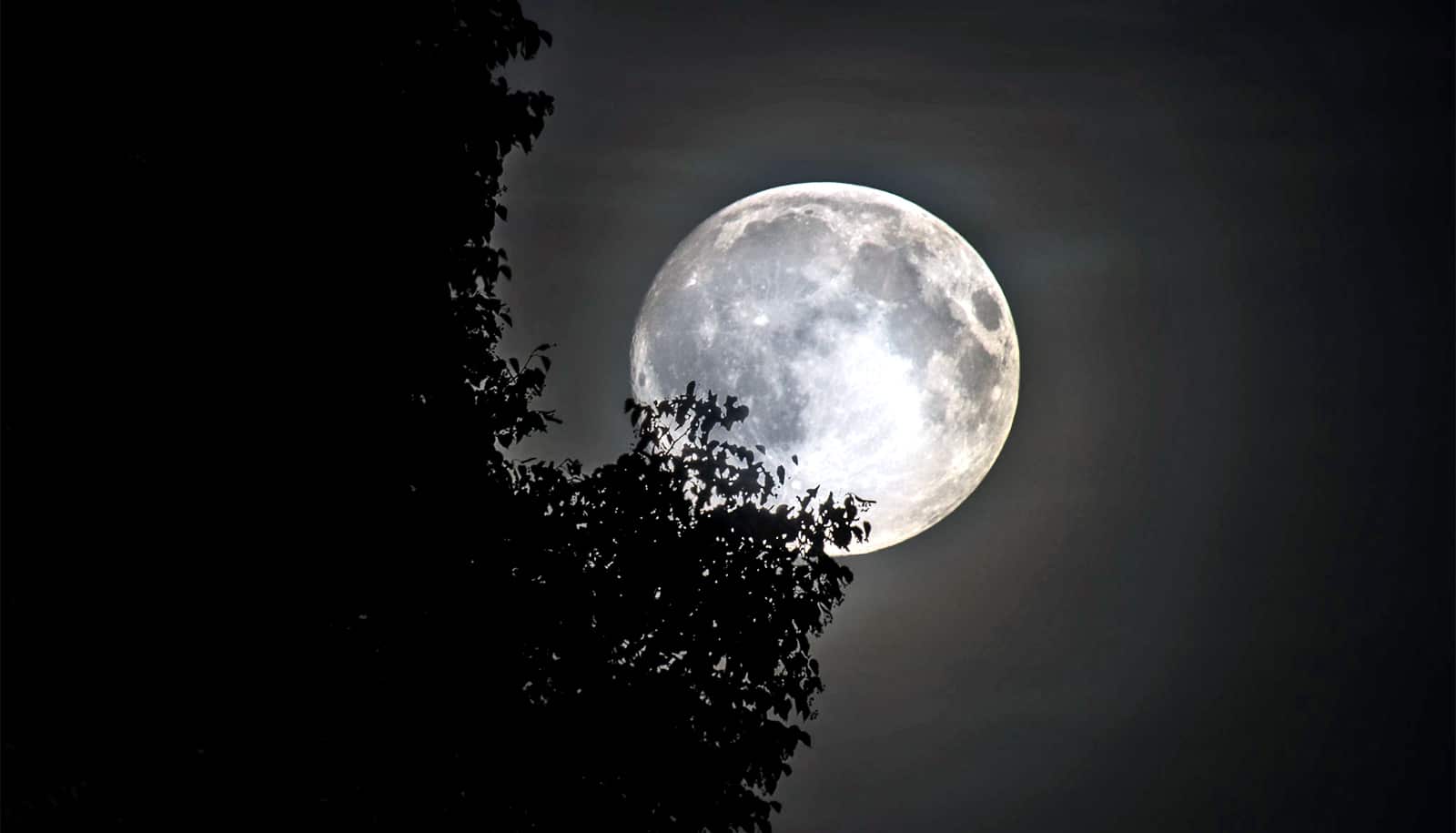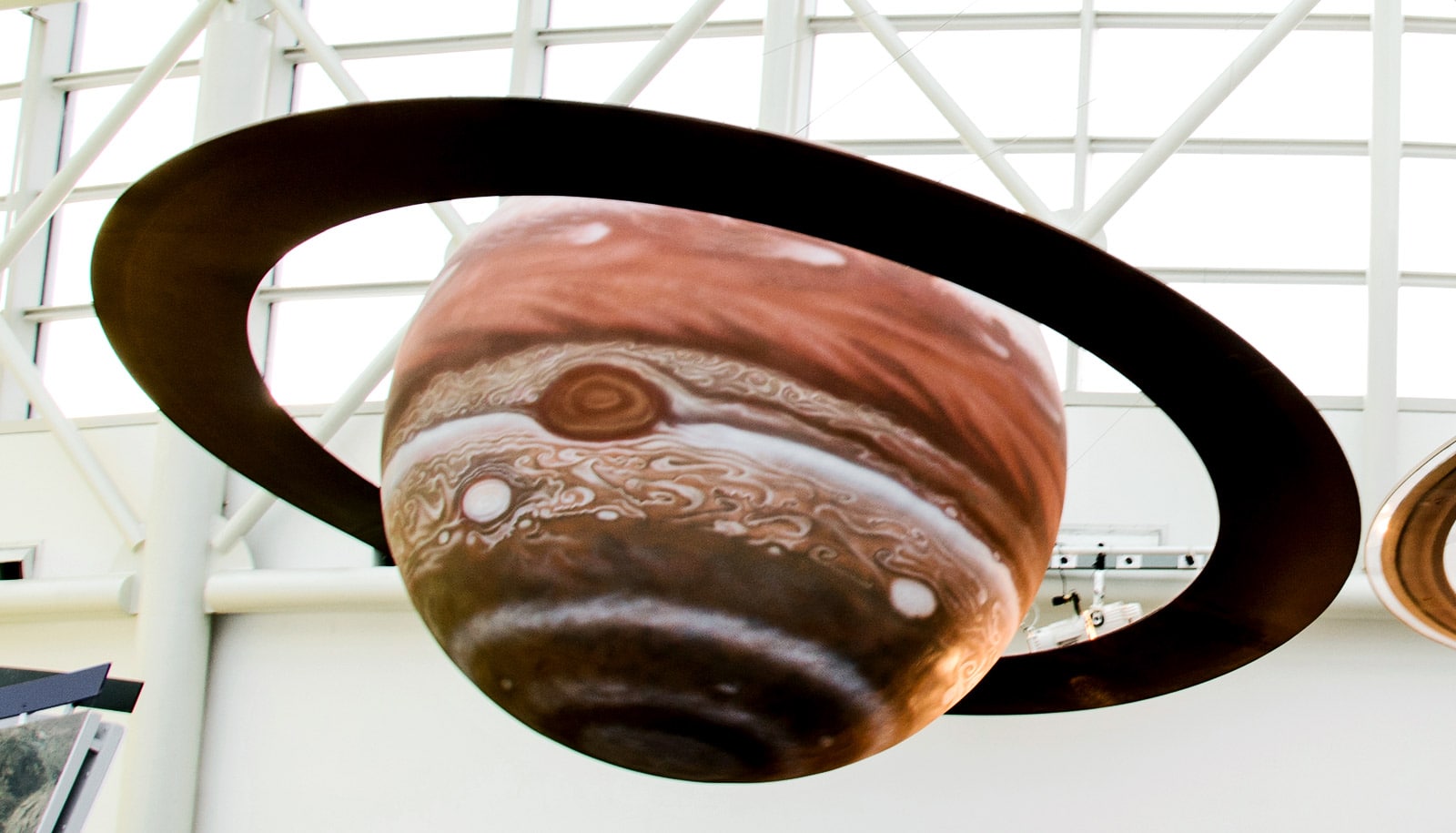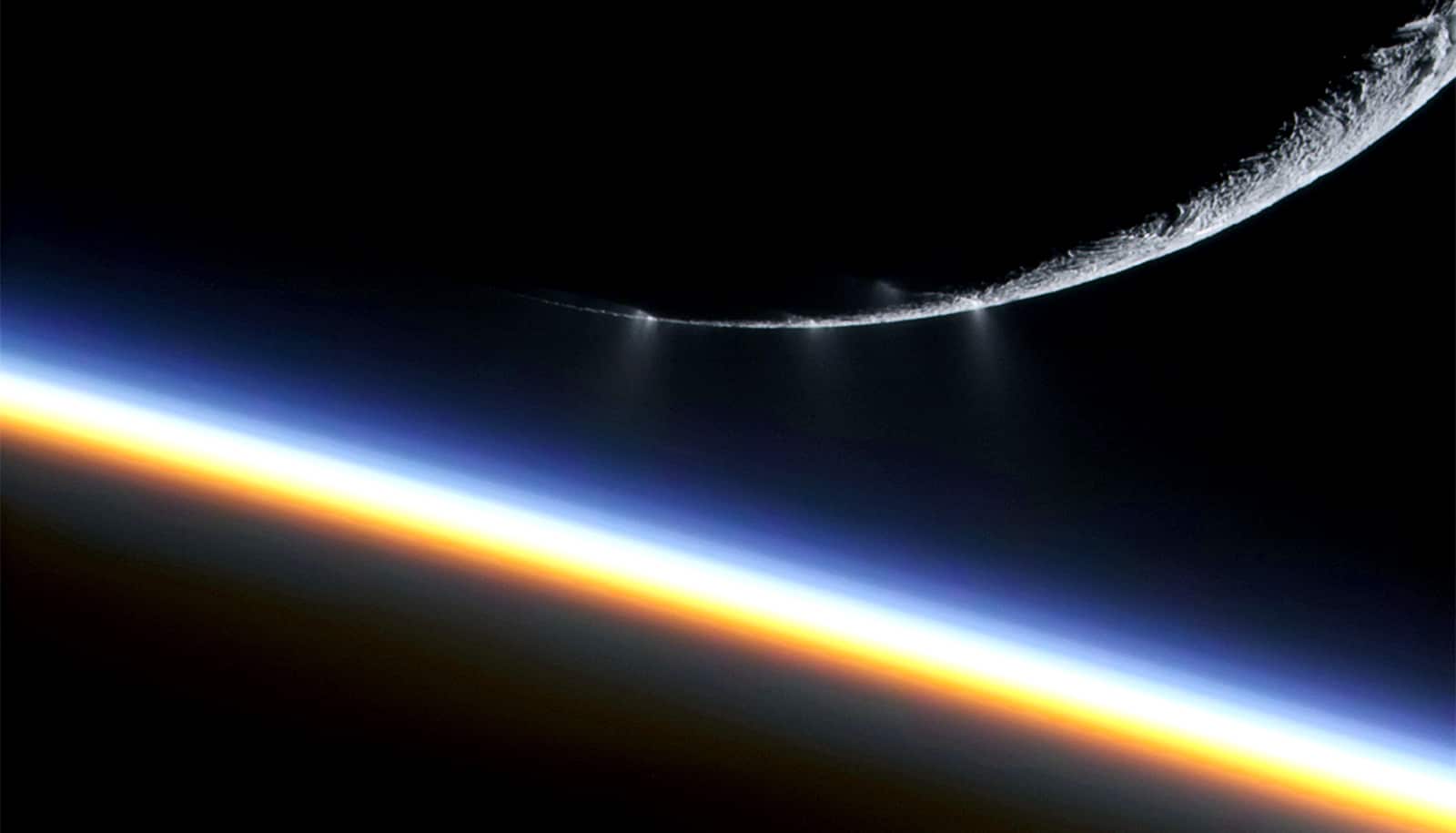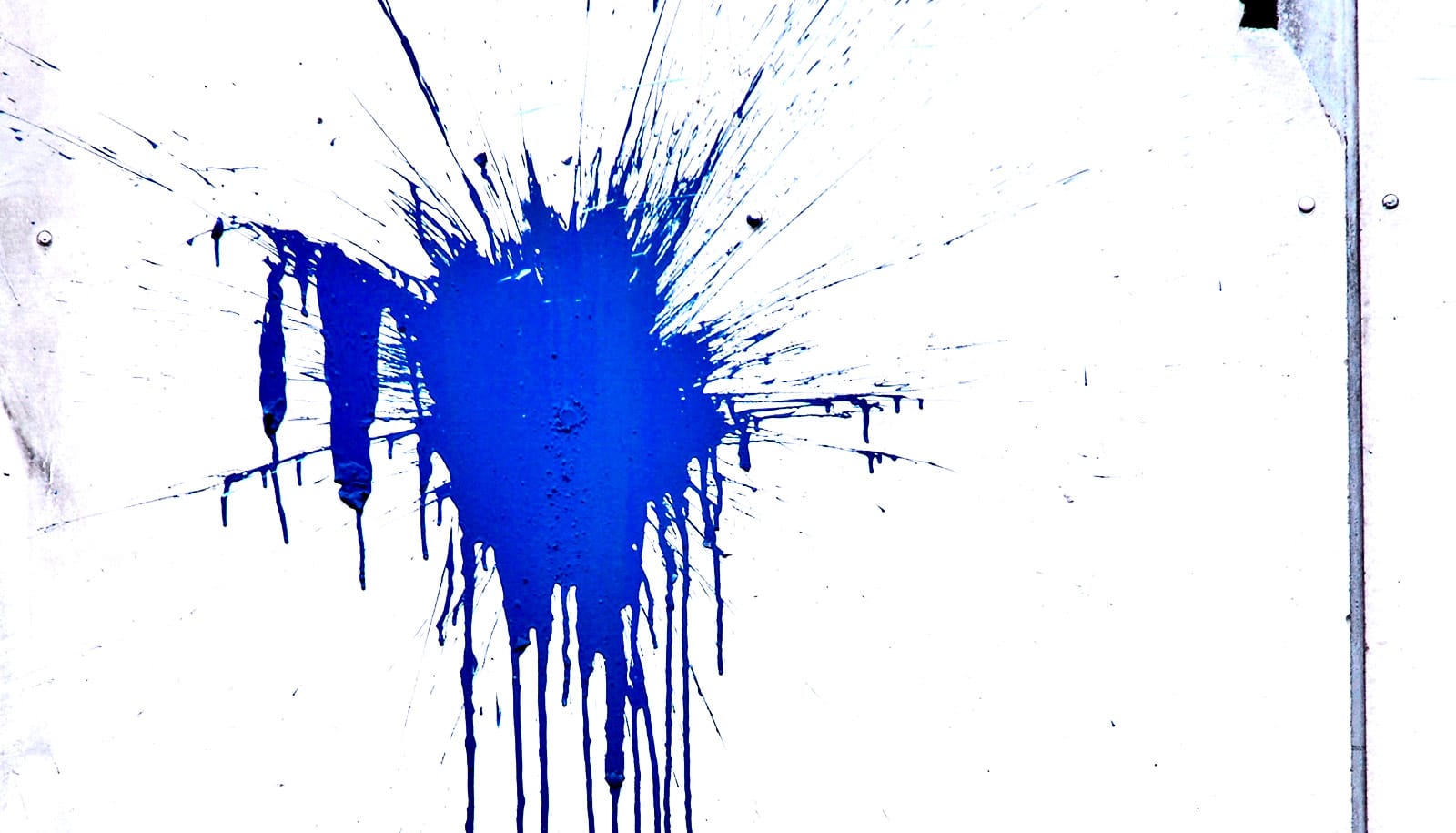Millions of recreated meteor impacts may resolve the difference in ‘iron-loving’ elements on the Earth and the moon.
As our solar system was forming nearly four and a half billion years ago, a planet-sized object struck the early Earth, leading to the formation of the moon, possibly from a hot, spinning cloud of rock vapor called a synestia. But after the Earth and moon had condensed from the vapor, there was another phase of growth as meteorites crashed into both bodies.
“This has been a major problem in terms of how we understand the Moon’s accretion history.”
Despite their common origin there are curious differences between the Earth and moon. Elements such as gold, iridium, platinum, and palladium (known as highly siderophile or ‘iron-loving’ elements) are relatively scarce on the moon compared to Earth. Because meteorites delivered these elements, explanations for the difference put limits on how growth by meteorite bombardment unfolded over hundreds of millions of years. Understanding this problem is crucial to figuring out exactly what happened as the Earth and moon grew into the bodies we know today.
“This has been a major problem in terms of how we understand the moon’s accretion history,” says Qing-zhu Yin, professor of Earth and planetary sciences at the University of California. Davis.
Yin and colleagues carried out a detailed reconstruction that resolves the highly siderophile element problem and gives new insight into the late accretion history of the moon.
The researchers modeled the millions of meteor impacts that would have brought material to the Earth and moon. They validated their model by comparing the number of predicted impacts with the number of actual craters on the moon.
They found that because of the moon’s smaller size, and because some impacts would be at a shallow angle to the surface, meteorites that hit the moon left behind relatively less material than those hitting the Earth.
Yin and colleagues calculated that the lunar crust and mantle would have retained the siderophile elements only from about 4.35 billion years ago, later than previously thought and about the time that the magma ocean covering the moon solidified. Siderophile elements arriving before that time would have been absorbed into the moon’s iron core.
Taken together, these factors account for the discrepancy in highly siderophile elements between Earth and moon.
“The beauty of this work is such that all of these things are now coming together nicely. We may have solved this problem, at least until someone find new discrepancies.” Yin says.
The results appear in the journal Nature.
Additional authors are from Macau University of Science and Technology in Macau, China; Planetary Science Institute in Tucson, Arizona; University of Nice–Sophia Antipolis in Nice, France; and Free University of Berlin, Germany. Support for the work came from the Science and Technology Development Fund of Macau, NASA, and the Deutsche Forschungsgeimenschaft.
Source: UC Davis



